Executive Summary
The Section 301 tariffs on Chinese imports, initiated by President Trump in July 2018 and retained by President Biden, have significantly influenced the trade landscape between the United States and China. A recent study indicates that these tariffs have led to a fourfold increase in the trade-weighted average tariff rate for Chinese imports since 2017, as well as a doubling of the overall trade-weighted average tariff rate for U.S. imports. This article explores the history and implications of these tariffs.
Introduction
The Section 301 tariffs on Chinese imports, initially implemented by President Trump in July 2018, have remained in place under President Biden. These tariffs, divided into four tranches (Lists 1, 2, 3, and 4a), cover a wide range of products, from electronic components to bicycles. While President Biden initially expressed reservations about these tariffs, they continue to be enforced, impacting the cost of goods imported from China.
Origin of China Tariffs
The tariffs on Chinese imports were introduced in response to concerns about discriminatory trade practices that were harming U.S. trade, particularly in technology transfer and intellectual property. President Trump invoked Section 301 of the Trade Act of 1974 to impose tariffs ranging from 7.5 percent to 25 percent on Chinese imports. This led to a series of retaliatory actions, resulting in tariffs covering over 65 percent of U.S. imports from China and approximately 58 percent of U.S. exports to China.
By the end of 2019, over $300 billion worth of imports from China had tariffs imposed on them. These tariffs were divided into four tranches, with List 1 imposing a 25 percent tariff on $34 billion worth of imports in July 2018, List 2 applying 25 percent tariffs on $16 billion worth of imports in August 2018, List 3 covering approximately $200 billion worth of goods with a 10 percent tariff in September 2018, and List 4a imposing 15 percent tariffs on $126 billion worth of imports in September 2019, later reduced to 7.5 percent.
Despite the Phase One trade deal signed with China in January 2020, which resulted in minimal tariff reductions, the tariffs have remained largely intact. Legal challenges have arisen, questioning the legality of tariffs imposed beyond the initial $50 billion. As of now, the Biden Administration has not made any substantial changes to the tariffs.
Impact of China Tariffs
A recent study examines the trade-weighted average tariff rates from 2017 to 2022 year-to-date. These rates reflect the average tariffs paid by Americans for imports. In 2017, the U.S. trade-weighted average tariff rate was 1.51 percent. However, with the introduction of tariffs on Chinese imports in July 2018, this rate increased significantly. By the end of 2019, the average tariff rate for imports had risen by over 95 percent due to the tariffs on Chinese goods. In 2017, the average tariff rate for imports from China was 2.68 percent, but this figure more than tripled following the imposition of tariffs by President Trump.
As of 2022 year-to-date, the trade-weighted average tariff rate stands at 3.16 percent, more than double the 2017 level. Importantly, the tariff rate for Chinese imports has quadrupled since 2017, reaching 11.82 percent. While the pace of tariff rate increases has slowed in recent years, these tariffs have contributed to substantially higher costs for over four years.
Debate Within the Administration
Since taking office, President Biden’s cabinet members have held conflicting views on the merits of maintaining or modifying the China tariffs. Some argue that removing the tariffs could help mitigate inflation, while others, including Ambassador Katherine Tai, believe the tariffs are crucial for negotiating leverage against China.
Review of Necessity
The Trade Act of 1974 includes a “review of necessity” provision, which imposes an expiration date for Section 301 tariffs after four years. If domestic industries request tariff continuation at least 60 days before the four-year mark, the tariffs remain in place while a review assesses their effectiveness and economic impact. This review process has been initiated for List 1 tariffs, which reached the four-year mark in July 2022. Similar reviews are expected for Lists 2, 3, and 4a as their expiration dates approach.
Conclusion
The Section 301 tariffs on Chinese imports have played a significant role in shaping U.S.-China trade relations over the past four years. President Biden’s administration faces internal debates regarding their removal. Despite the potential to ease inflation, the tariffs remain in place, resulting in a fourfold increase in the trade-weighted average tariff rate for imports from China since 2017 and doubling the tariff rate for U.S. imports in general.
Stay informed with supply chain news on The Supply Chain Report. Free tools for international trade are at ADAMftd.com.
#Section301Tariffs #USTariffs #ChinaImports #TradeTariffs #BidenAdministration #USChinaTrade #TariffImpact #TariffReview #TradePolicy #InflationImpact #USTradeRelations #TradeNegotiations #GlobalTrade #TradeChallenges #ChinaTariffs #USImports #TariffHistory #TradeWeightImpact

















